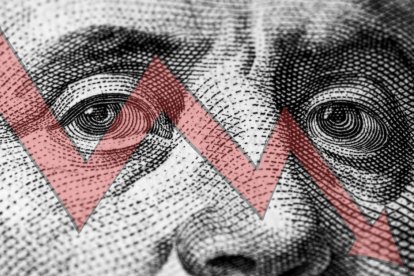Americans' savings are declining at a rapid pace
The San Francisco Fed forecasts that if savings withdrawals continue at the same rate, the excess will be exhausted by the third quarter of 2023.

Voz Media (Canva)
A new study from the San Francisco Federal Reserve indicates that Americans' savings are declining at a rapid rate as the prices of basic expenses rise.
The analysis revealed that during the pandemic (until June 2021), Americans experienced an "unprecedented" increase in their excess savings. However, households began spending this savings quickly in 2022, generating a loss of about $100 billion per month in withdrawals.
Excess savings could run out
In March 2023, savings reached $2.1 trillion. In updated estimates, the report revealed that in June, households had less than $190 billion of these surplus savings.
The San Francisco Fed predicts that if withdrawals continue at the same pace, excess savings will dry up in the third quarter of 2023, likely around September:
A fractured economy
The report's disappointing conclusions come as Americans see their financial situation being weakened for several reasons, including inflation.
High prices have forced many Americans to use credit cards to cover their basic expenses. This was reflected in the record credit card debt in the second quarter of this year. According to data from the New York Federal Reserve, the level of debt for the April to June period reached $1.03 trillion, an increase of almost 4.6% ($45 billion) over the first quarter of 2023.
An analysis by Mark Zandi, chief economist at Moody's, also revealed Americans' financial reality. Zandi recently revealed that accumulated inflation has caused citizens to spend $709 more per month than two years ago on basic goods and services to live.
RECOMMENDATION





















